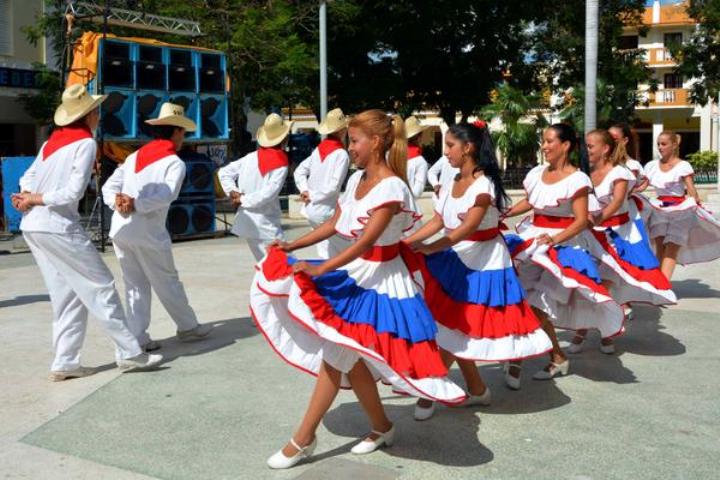Among many notable wine cellars on Anguilla, one holds no less than 35,000 bottles.

Cuba is a blessed island, an inspiration to millions in the world, thanks for being located at one of the crossroads of the most active people in the world and for being the cradle of exceptional men and women in the sphere of art and letters.
Cuban culture is a combination of Spanish amd African traditions, where the mixture of the Spanish guitar and the African drum brings to music its most distinctive forms, rumba and son and other rhythms like the popular songo.
It retains some of its folk rhythms, such as the punto, the zapateo and the guajira, which have a great influence from European music, by the time that treasures famous songs and dances like the guaracha, the bolero, habanera, mambo and danzon.
This Caribbean island is an Eden with beaches, mountains and cities to discover, to which is added an invaluable and very well preserved cultural heritage, enriched by the work of new generations of musicians, dancers, writers, actors and plastics artists. Its museums show the most complete exhibitions of plastic artists, which can also be enjoyed in tourist facilities and art galleries.
Cuba has a very diverse and bountiful culture, with root components that add their depth to a unique whole, without giving up their own essences.
This October 20th, when the Cuban Culture Day is celebrated, it throbs with pride to combine the roots coming from the west of Europe, from the black continent, from Asia and from Arab lands, among others, to merge and give birth to an original identity, diverse and with the strength of projections towards the future.
Such celebration was instituted because in that day, but in 1868, it sang in the heat of the entrance of the independence insurrectionists in the city of Bayamo, the lyrics of the National Anthem. In other latitudes, the talent of Cuban musicians is known, from the National Ballet, dance groups, artists who excel in the plastic arts, cinema, literature and scenic arts.
Each year there are numerous festivals, with national or international events held on the island, such as the ballet or the New Latin American Cinema. The Book Fair deserves a special mention, which constitutes a reading festival that extends throughout the country.
The Casa de las Americas Award is also a very interesting event, the Havana Biennial, which brings together artists of the plastic and the visual arts of various nations, the Ibero-American Festival of Culture in Holguin, where Hispanic roots are highlighted, as well as the Romerías de Mayo in the Holguin city of parks.

Among many notable wine cellars on Anguilla, one holds no less than 35,000 bottles.